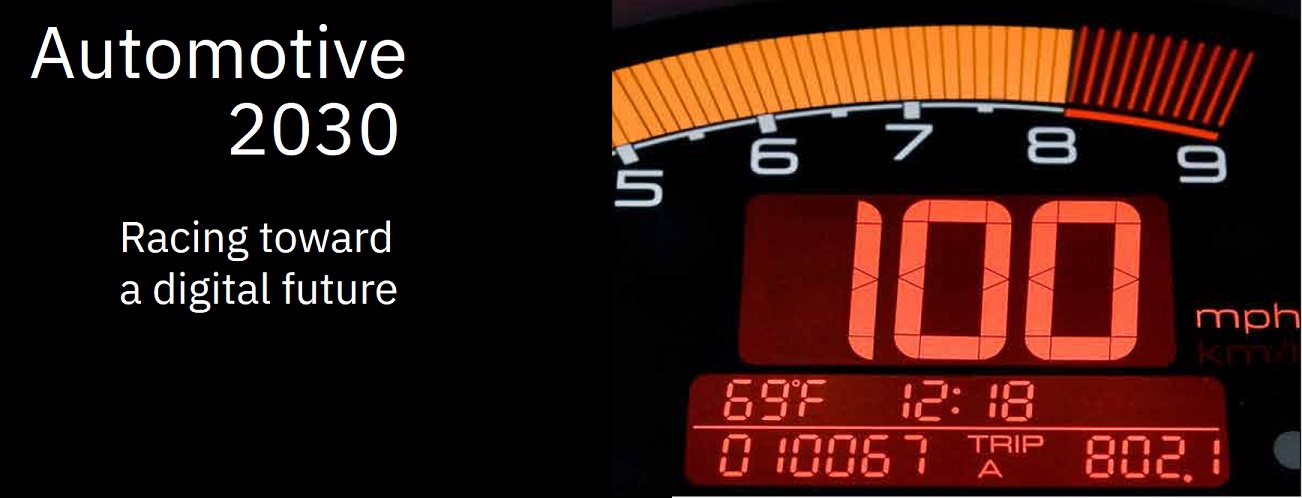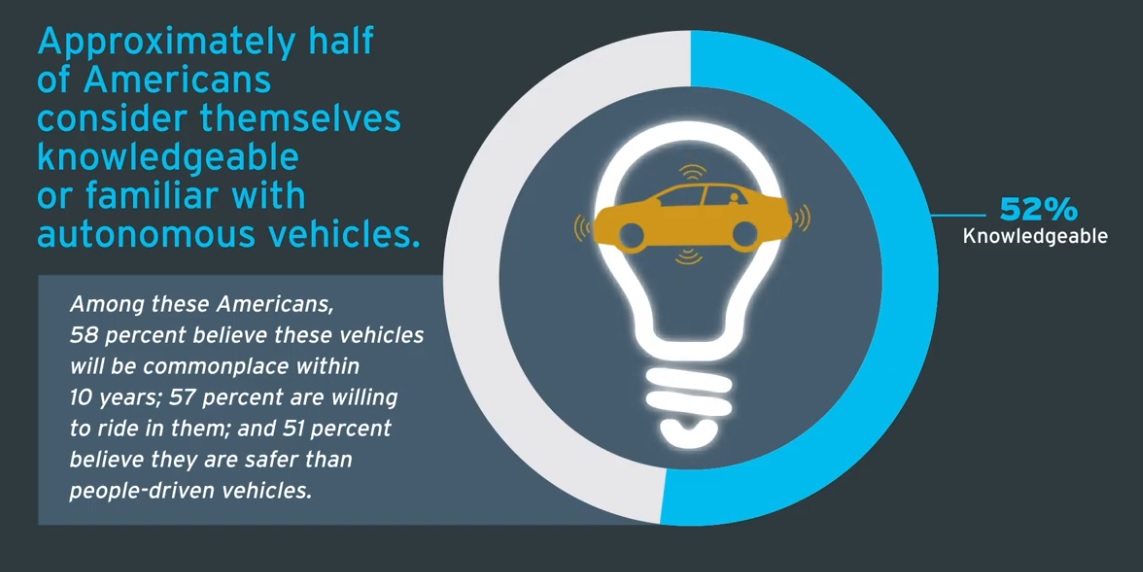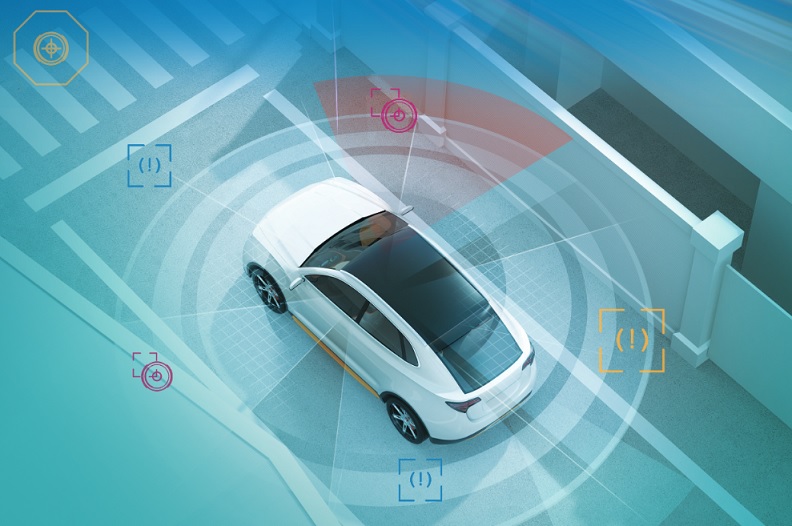Features
In the next 10 years, as consumers move from vehicle ownership to vehicle usage, 48 percent of consumers surveyed say that a vehicle's brand would not matter as long as the vehicle is cost effective and convenient to access, according to Automotive 2030: Racing toward a digital future, IBM's new study on the future of the auto industry ...
More than half of Americans believe they are familiar with or knowledgeable about autonomous vehicles, according to a new HNTB survey — 58 percent believe they will be commonplace on America’s streets and highways within 10 years. In addition, 57 percent of this group are willing to ride in them, and slightly more than half believe they are safer than people-driven vehicles ...
As energy companies, automakers, and other stakeholders seek innovative, low carbon solutions for transportation, an emerging Energy Cloud transportation-to-grid (T2G) platform represents the nexus of accelerated transformation for the energy and transportation industries ...
As connected vehicle applications exchange information among vehicles, roadway infrastructure, traffic management centers, and wireless mobile devices, a security system is needed to ensure that users can trust in the validity of information received from other system users ...
A side-by-side comparison of connected vehicle technology at 85 traffic signals in the Tuscaloosa, AL area showed that latency in delivering safety messages from roadside units (RSUs) to vehicles via dedicated short range radios (DSRC) and LTE cellular (C-V2N) was “approximately equivalent,” according to a study by the University of Alabama ...
As vehicles grow increasingly connected and become packed with sensors, artificial intelligence (AI)-based technologies have the potential to play a significant role in the human-machine interface (HMI), according to a new report from Tractica ...
The National Electrical Manufacturers Association (NEMA) today announced the formation of the Connected Vehicle Infrastructure Technical (CVIT) Committee to develop a harmonized technical specification for roadside connected vehicle (CV) devices ...
Payments lie at the heart of every form of travel, and will continue to become more integral as more cities move to contactless public transportation, digital payments for parking and rental services such as bikes or scooters, according to The Future of Transportation: Mobility in the Age of the Megacity, a new study conducted by Visa in collaboration with Stanford University ...
The most critical driver for consumers’ adoption of autonomous vehicles, above technological advancement and adequate investment, is coherent national regulation amid consumer safety concerns, according to a new survey by Perkins Coie and the Association for Unmanned Vehicle Systems International ...
Partners for Automated Vehicle Education (PAVE), a broad coalition of leading industry, non-profit and academic institutions, launched a campaign to inform the public and policymakers about the potential and the reality of advanced vehicle technologies and self-driving vehicles ...











